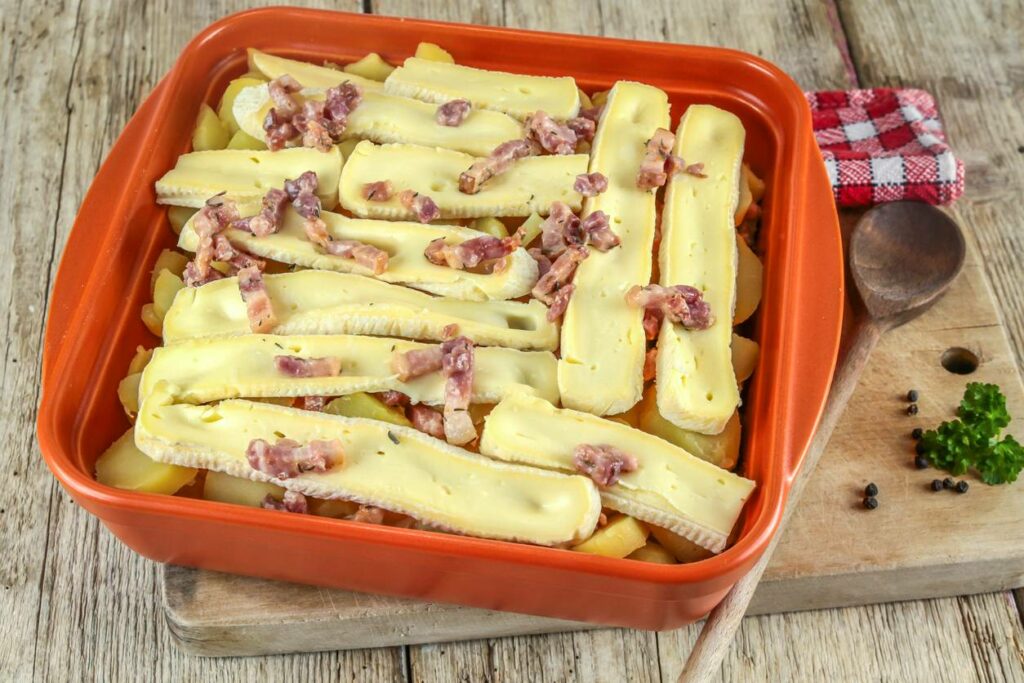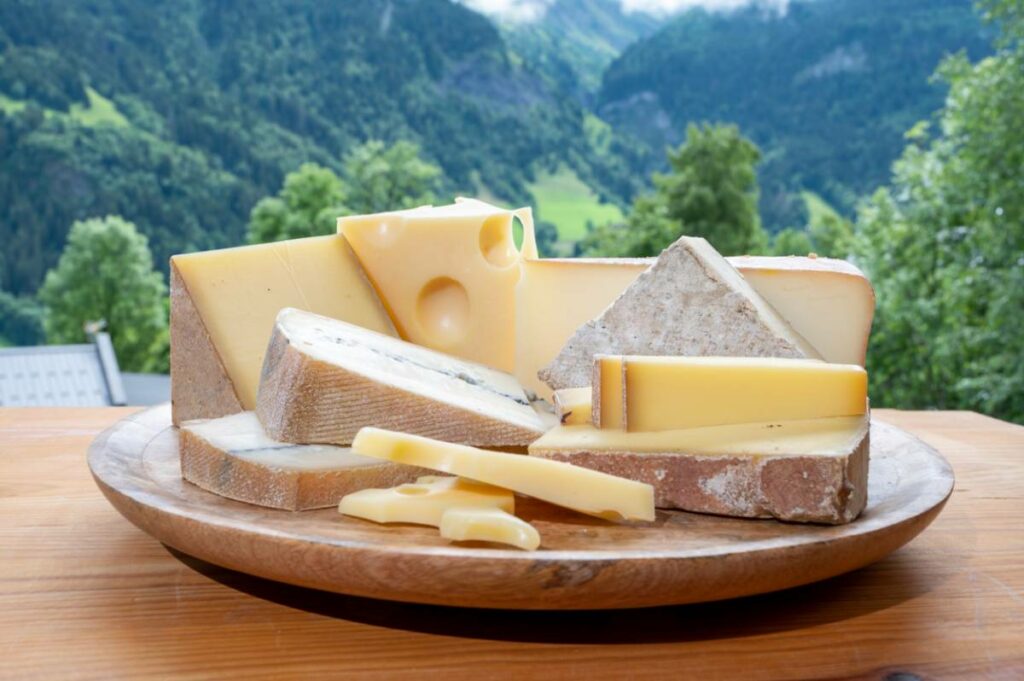As the seasons go by, French gastronomy welcomes products from regions long associated with rustic or mountain cuisine. Savoie, with its agricultural valleys and steep mountain pastures, stands out.
Specialities from this region now appear in a variety of contexts, far removed from the clichés of fondue or raclette.
This development can be explained as much by the regularity of production as by the consistent quality of the ingredients on offer. We'll explain why Savoie products are a staple of fine French dining.
Incorporating Savoyard specialities into contemporary cuisine
Many ingredients from Savoie find their place without special mention or publicity in many preparations in France. They are incorporated into everyday dishes with a sobriety that contrasts with the image of seasonal or folkloric recipes.
The Savoyard products to enrich the menus without upsetting the culinary identity of the place. The cross-fertilisation between typical specialities and practices from other French regions creates a fertile ground for the preparation of much-loved dishes.
Crozet, for example, can be added to salads served warm or used to accompany roast fish, without being reminiscent of its traditional use. Smoked lardons from pigs reared at high altitudes flavour forgotten vegetables cooked over a high heat.
Restaurants in towns and suburban areas also choose dishes from Savoie for their consistency and strong flavour profile. They use them to highlight a contrast, balance a plate or anchor a dish in a season. Some bakers use pressed cheeses to add depth to simple savoury creations.
If you'd like to try out some new recipes, you'll find the following Savoyard products onlineon shops that offer must-try regional specialities.

Get inspired by chefs to bring out the best in Savoyard produce
More and more chefs are adopting Savoyard specialities with remarkable precision. You can see it in the way they select their ingredients and the combinations they build around robust textures and bold flavours. Visit choosing a high altitude charcuterie demonstrates a search for coherence between the taste, origin and structure of the dish.
Chefs often use Savoie products without explicit reference to their origin. They integrate them into compositions that engage in dialogue with other terroirs, without overloading the culinary narrative.
You can enjoy a slightly melted Reblochon cheese under a shortbread crust, or a tomme cheese mashed into a purée with fish. These examples illustrate an approach based on balance, without narrative excess or superimposed effects.
Some professionals maintain a cooking logic that respects the initial characteristics of the product. They prefer a gentle temperature to preserve the aromas and reduce the use of spices so as not to mask the dairy notes. emblematic of Savoyard dishes.
What are the key ingredients from Savoie that you absolutely must try?
Mountain produce is very popular in France. Crozet, made with wheat or buckwheat, offers a wide variety of dishes, while retaining a rustic base. The honey from high-altitude beehivesThis sometimes dark, full-bodied wine lends itself well to savoury combinations, particularly with cheese or meat.
White or red wines, whose liveliness tempers rich dishes, are also very popular. Roussette, produced on stony soils, has a structure that goes well with creamy dishes and braised vegetables.
To take advantage of Savoyard gastronomic delightsChoose quality ingredients. A shop specialising in local produce offers dishes made using the skills of local artisans.

